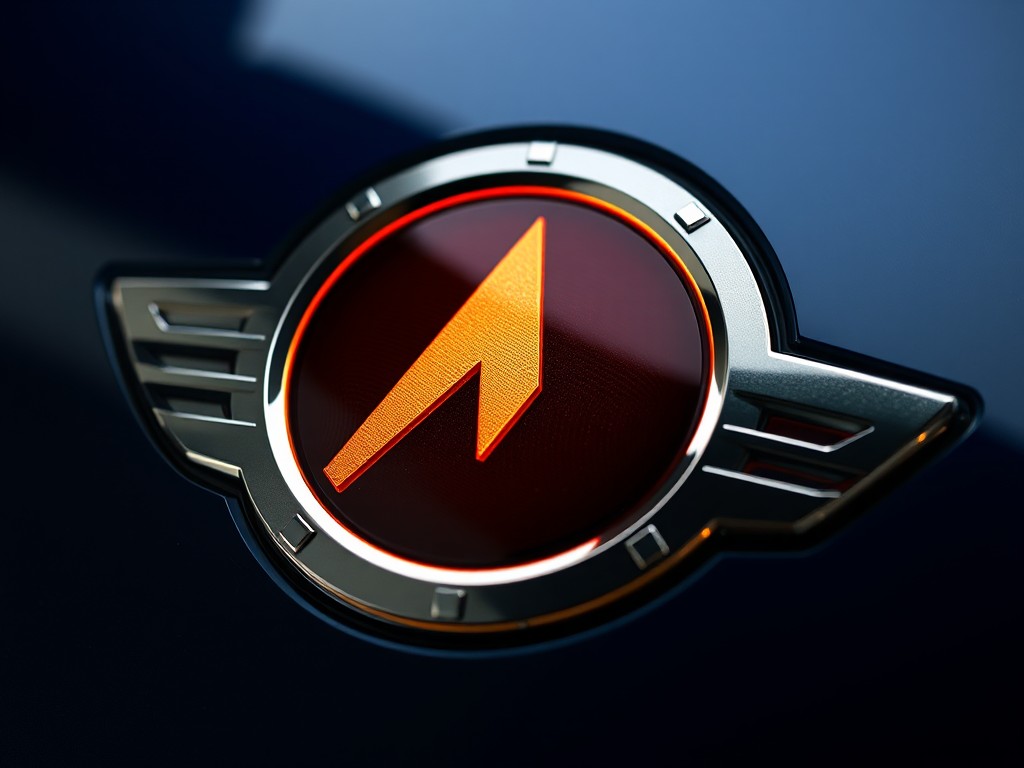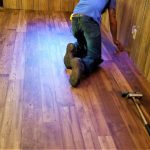Investing in a British car is indeed a pride possession. But the real challenge comes in maintaining its class and performance, particularly the alloy wheels, which often come under severe pressure from daily commuting, and at times, face the brunt of potholes and curbs.
Most common damages that alloy wheels face include scratches, dents, and corrosion. Repairing alloy wheels is an art that involves a series of steps, including cleaning, sanding, painting, and eventual refurbishment.
Also to discover : Which air filters provide the best performance for UK sports cars?
Understanding the Extent of Damage
Before moving on to the repair process, it’s essential to evaluate the extent of damage inflicted on the alloy wheels. Damages can range from minor scratches to severe corrosion, each requiring a different approach for repair.
Minor Scratches
Minor scratches on the alloy wheels often occur due to driving or parking mishaps. While these might not severely impact the performance of your wheel, they can tarnish the visual appeal.
Also read : Can you fit universal parts to a UK-made classic car?
Severe Damage
Severe damage to the alloy wheels can occur in the form of deep scratches, dents, or even corrosion. These can significantly compromise the safety and performance of your vehicle. If left untreated, these damages can lead to costly wheel replacements.
Step-by-Step Alloy Wheel Repair
Once the extent of damage has been determined, it’s time to move on to the repair process. Here, we will break down the step-by-step process of repairing damaged alloy wheels.
Cleaning the Wheels
The first step involves thorough cleaning of the damaged wheels. This is crucial to eliminate any dirt or grime that might interfere with the repair process. A good wheel cleaner and a sturdy brush will do the job.
Sanding the Damaged Area
Once the wheels are clean, the next step is to sand the damaged area. This will help remove any loose fragments and also smoothen the surface for further repair. Use a piece of sandpaper, preferably 400-grit, to sand the area. Make sure to sand gently to avoid causing more damage.
Applying Filler
After sanding, it’s time to apply filler to the damaged area. Use a body filler, mix it as per the instructions, and apply it evenly onto the damage. Ensure it is level with the rest of the wheel surface to maintain the wheel’s aesthetic appeal. It will take some time for the filler to dry completely.
Painting and Refurbishment
The next couple of steps involve painting and refurbishing the repaired alloy wheel. Proper execution of these steps can help restore the wheel’s original look and performance.
Painting the Wheel
Once the filler is dry, the wheel is ready to be painted. It’s important to use a paint that matches the original color of the wheel for a seamless repair. Apply multiple thin coats of paint, allowing drying time in between.
Applying Clear Coat
After the paint has dried, apply a clear coat to add a shiny finish and protect the paint from damage. Be sure to apply multiple thin layers for the best results. Allow plenty of time for the clear coat to dry before using the wheel.
Alloy Wheel Repair Services
While the above steps provide a general idea of how to repair damaged alloy wheels, it’s always advisable to seek professional service for complex damages. Professional alloy wheel repair services have the expertise and the right tools to ensure a thorough and efficient repair.
Professional services are also a safer choice when dealing with severe damages or corrosion. They have the required skills to restore the wheels to their original condition, ensuring both visual appeal and performance.
When to Replace Your Alloy Wheels
Sometimes, the damage inflicted on your alloy wheels might be beyond repair. In such cases, it’s safer to replace the wheels entirely. However, recognizing when a wheel is beyond repair is often tricky.
Look for signs like cracks or severe corrosion that could potentially lead to wheel failure. Additionally, if the wheel is heavily dented or warped, it might not be safe to drive and therefore, should be replaced.
In all, repairing alloy wheels is a methodical process that requires patience and precision. While minor damages can be easily fixed at home, severe damages should be dealt by professionals for safety reasons. It’s also important to know when to replace your wheels entirely to avoid risking your safety on the road.
Detailed Process for Diamond Cut Alloy Wheels Repair
For British cars, diamond cut alloy wheels are a popular choice, owing to their stylish appearance and durable construction. However, these wheels are susceptible to damage and require a specific repair process.
The first step in repairing a diamond cut alloy wheel involves cleaning the wheel thoroughly, just as with standard alloy wheels. This ensures that any grit or grime is removed, which could otherwise interfere with the repair.
Next, the damaged area is prepared. If there are any deep scratches, a spot putty is applied before the sanding. Once the putty is dry, a 400-grit sandpaper is used to sand the damaged area gently. This process aims to remove any loose material and create a smooth surface for the repair.
The diamond cut wheel repair kit comes in handy at this stage, as it contains all the necessary tools for the refurbishment. The cutting process is performed using a specialized lathe that precisely removes a thin layer of alloy from the wheel. This reveals a fresh layer underneath, which is then polished to give it the characteristic diamond cut finish.
Once the cutting and polishing process is completed, a clear coat is applied to the entire wheel to protect the newly exposed layer of alloy. This step is extremely critical for diamond cut alloy wheels, as they are more prone to corrosion than traditional painted alloy wheels. The clear coat acts as a barrier, protecting the wheel from harsh weather conditions and road salts.
While a diamond cut alloy wheel repair kit can help you tackle minor damages, it’s recommended to leave the job to professionals for more severe damages. This ensures safety and maintains the wheel’s aesthetic appeal.
Conclusion: Preserving the Charm of British Cars Alloy Wheels
British cars are known for their classic appeal and performance. The alloy wheels of these cars are an integral part of their charm. They not only add to the visual appeal but also play a significant role in the overall driving experience.
However, alloy wheels are not immune to damage. Daily commuting, the occasional scrape against a curb, or an unfortunate encounter with a pothole can result in scratches, dents, or even corrosion. While some might shrug these off as mere cosmetic issues, they can significantly compromise the safety and performance of your vehicle if left untreated.
Minor damages can be fixed at home using a wheel repair kit. The process involves cleaning the wheels, sanding the damaged area, applying filler, and painting the wheel. However, for severe damages or for diamond cut alloy wheels, it’s advisable to seek professional help. These service providers have the expertise and the right tools, like specialized lathes for diamond cut wheel refurbishment, ensuring safe and efficient repair.
There are also instances when a wheel is beyond repair. In such cases, it’s crucial to recognize the signs early and opt for a wheel replacement. This could be cracks, severe corrosion, or heavy dents that could potentially lead to wheel failure.
In summary, maintaining the alloy wheels of a British car is a task that requires vigilance and care. Knowing when and how to repair or replace your wheels is crucial to uphold the car’s charm and ensure safety on the road. The key is to act promptly and make informed decisions, whether it’s about using a repair kit or seeking professional help. After all, preserving the charm of British cars goes beyond their leather seats and wooden dashboards – it’s also about those shiny alloy wheels.











